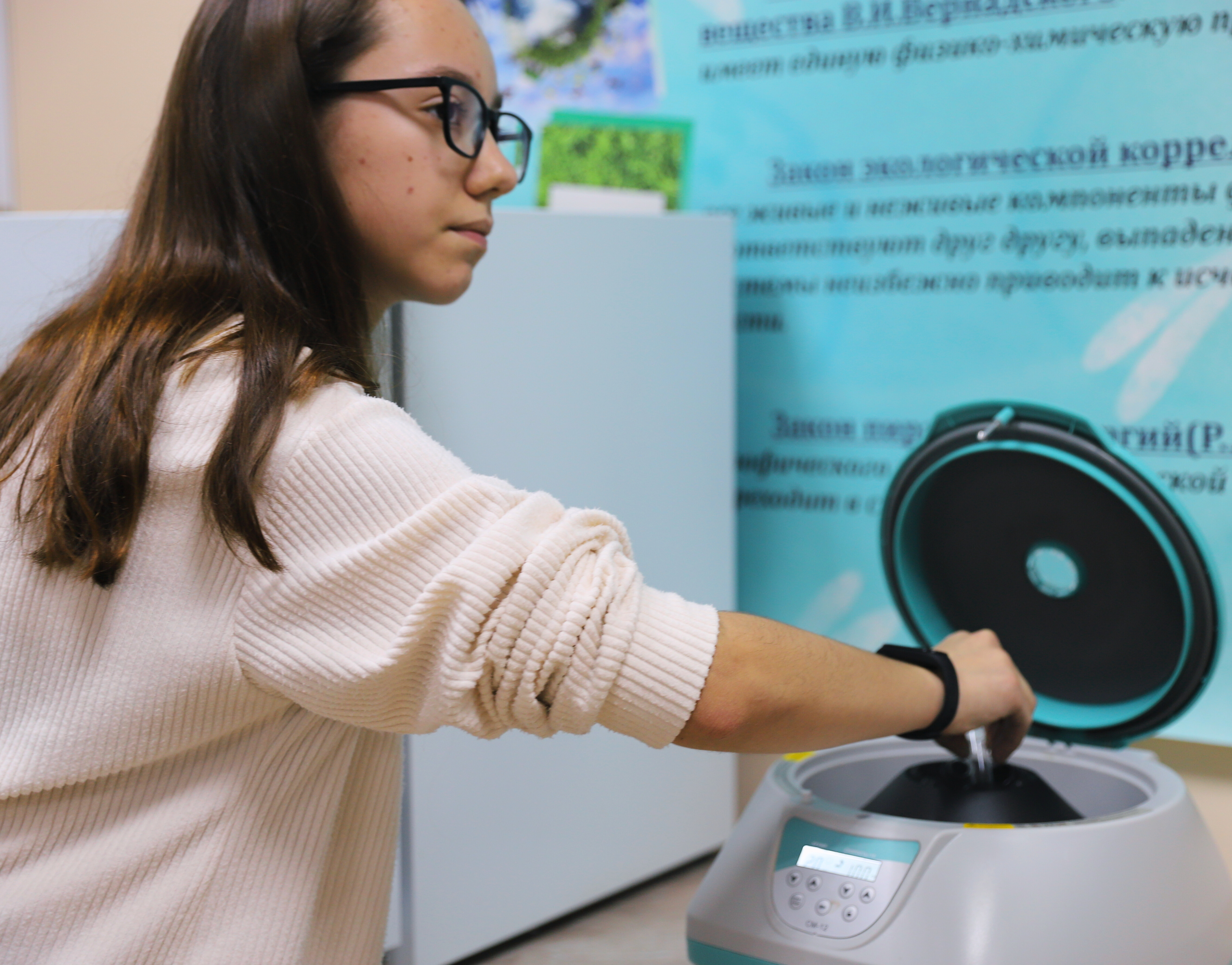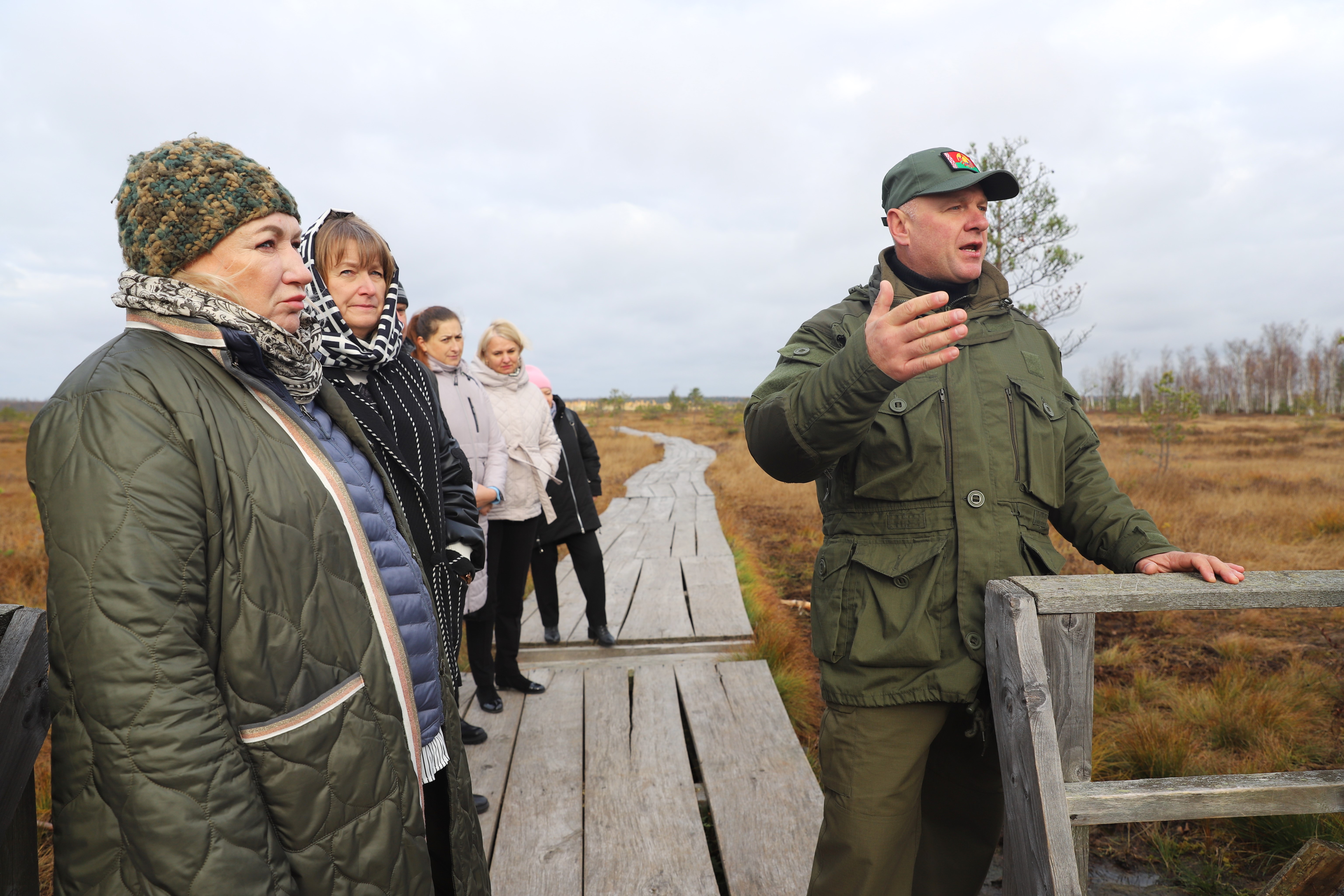
In Belarus, environmental education is well-integrated into all levels of schooling, from kindergarten through to university. Outside the classroom, extracurricular activities play a vital role in fostering a culture of environmental responsibility from an early age.
More than 28,000 children across the country regularly take part in eco clubs, crafts, volunteering, and research projects at 90 educational establishments.

As climate action gains momentum globally, integrating climate science more deeply into these activities is becoming increasingly important to prepare the next generation for tackling the challenges posed by global warming.
It’s no surprise that climate change became a key focus at the recent meeting of the Republican Council on Extracurricular Education of Children and Youth. This body, made up of policymakers and leading practitioners in the field spent two days discussing how to boost climate awareness through extracurricular activities.
Green Schools: Laying the foundation
The choice of the Vitebsk region for this meeting was no coincidence. In 2018, the Miory and Sharkaushchyna districts piloted the first Green Schools, supported by UNDP.

Belarus’ first ecological classroom opened in Hermanavichy attracts schoolchildren and visitors of the nearby Yelnya Reserve alike.
Today, the network has grown to nearly 700 schools, youth centers, and school forestry groups focused on teaching green skills and raising environmental awareness among students.
One of them is the Vitebsk Regional Palace of Children and Youth, offering a wide range of environmental classes and activities, from zoology clubs to agriculture.

Members of the Ichthyology Club in Vitebsk are passionate about exploring local water ecosystems.

Through lab research and field trips, young people study aquatic animals and investigate river pollution.
Sharing the center's experience in green education, Veronika Pishchelina, head of the environmental department, highlighted that their ecology clubs are in high demand.
- Kids love it. It might seem surprising, but our environmental classes are more popular than computer science. By attendance, they are second only to arts - says Veronika.
To meet students’ interest in green issues, the Palace is thoroughly equipped with Green Technology Labs, a meteorological station, and its own garden.

Vasilisa is attending the Nature Researcher’s club. The data she needs for studying weather patterns may be easily collected through the center’s meteorological station, procured by UNDP.
The Climate Box: Inspiring climate action
The efforts to spark youth interest in environmental issues bore fruit. Alesya Volodkina, a biology teacher at the Mashkany School, has seen a real shift in attitudes over the years.
- When I started teaching 21 years ago, talking to children about the environment was challenging, - says Alesya. - Now children are climate literate. They eagerly join beach cleanups, meticulously sort waste at school, and motivate their parents to adopt eco-friendly habits at home.”
- I used to teach them, and now they teach me - she laughs.
A useful asset in Alesya’s work is the Climate Box, UNDP’s educational toolkit on climate change. Using one of the toolkits, her students ran a project studying climate change by examining tree rings. They were particularly interested in finding which trees absorb the most CO2. Having found the answer, they teamed up with the local forestry and planted 25,260 trees in just one year.
Looking ahead
Starting climate education with teachers is a smart move. Since the launch of the Climate Box project, over 100 teachers have received training in climate science.
These educators will now share their knowledge with colleagues across the country, boosting their capacity to teach climate issues on the local level.

The Council visits Yelnya, the largest raised bog in Belarus

As the impacts of climate change unfold all over the world, strong community awareness becomes vital for adapting to the new reality. Climate education doesn’t just help young people understand science. It gives them practical skills to make informed choices in all aspects of their life, today and in the future.

 Locations
Locations




